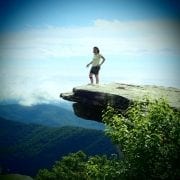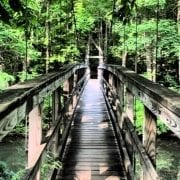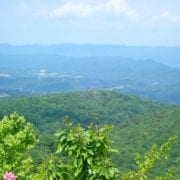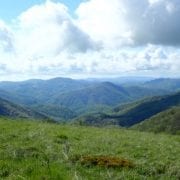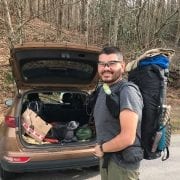Weather on the Appalachian
No day starts without knowing the weather when you hike the Appalachian Trail. Recently, I was sitting on the side of the road at a trailhead waiting for a ride. The rain was hard and soaking everything, causing temporary streams to flow in front of me. My pack was covered with my rain cover and I had my rain jacket on. Those parts not covered got extraordinarily wet. My shoes filled up with water and my pants completely soaked. Trees couldn’t protect me, it rained hard. Still, as the water dropped off my cap, I was peaceful and admiring the gift of water. I was comfortable in an uncomfortable spot.
I had checked the weather before I set out and knew it would rain about the time I finished. Sure enough, it arrived as predicted. I was glad I had seen the weather report because the trail was very rocky that day and rain would turn the rocks into a slippery obstacle. A place no hiker would want to be.
It was good that I checked the weather. I knew what was ahead that day. For us, we have walked into and out of the seasons. Many times the weather is different below in the valleys, then at the top of the mountain ridges. So we use the Appalachian Trail weather report. As we walk and the seasons change, we also change our daily preparations.
In hiking the trail, you experience all four seasons; late winter, spring, summer, and fall. At the start, you walk through winter for a few weeks. It’s biggest weather threats are cold, ice and snow. There are days that are delightful in the late winter, any temperature above 50 with no wind or rain is ideal hiking conditions. But we had those nights of cold, where sleeping outdoors is hard. Any exposure of skin was uncomfortable. Early on in our hike, we walked in a gusty wind with temperatures just below freezing, that caused the ice on the trees to pelt us like an unseen machine gun. We had to flee the Smokies just before an unforeseen winter storm, where winter reminded us of the unpredictable nature of its season.
In the spring, we got to see the trail turn from a stark brown to a colorful green. At first, we saw it coming in the form of flowers emerging and in the valleys below that turned green. Slowly it came up to the mountains, day after day. Until one day all the flowers had bloomed and our world was green. Winter doesn’t give up easily and the spring weather will diminish for a few days until it finally takes hold. Hiking in the spring is wonderful, with its just right temperatures and its soft gentle breeze. We no longer had to wear three layers of clothes, on many days walk with only one shirt. The arrival of the newness spring brings excited us and became a tapestry that got more complete every day.
Summer brings warm weather, humidity, and late afternoon storms. The summer causes us to drink more and Gatorade becomes an elixir. The hiking pace slows and requires more stops. The heat and humidity drain our bodies of fluids, causing lethargy that is only solved through good hydration. Summer caught us by surprise. Late in the Shenandoah mountains summer arrived. Humidity and temperatures above 85 became the norm. Some days were above 90. Our only protection was our green tunnel and easier climbs.
Every day we discuss the weather and the forecast. We try to schedule rest days on rainy days. This is not always possible. On the days it rains the trail gets very greasy. Stepping on rocks is like stepping on ice. The ground itself causes us to slip. Cold rain is dangerous and if we aren’t protected, hypothermia can set in.
Every day we look at the weather on the Appalachian Trail site. We have found it to be more accurate than the local weather. The site focuses on the mountains and is arranged by state and shelter. For all of us, it has become the most valuable tool.
Blessings, until next time,
Bruce L. Hartman


